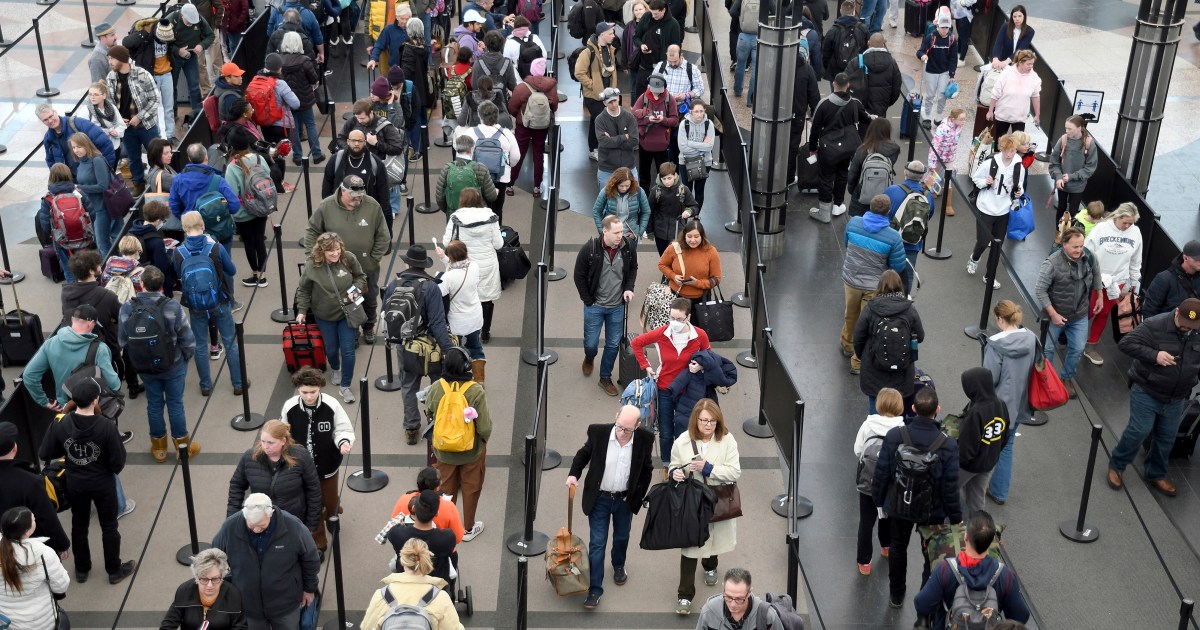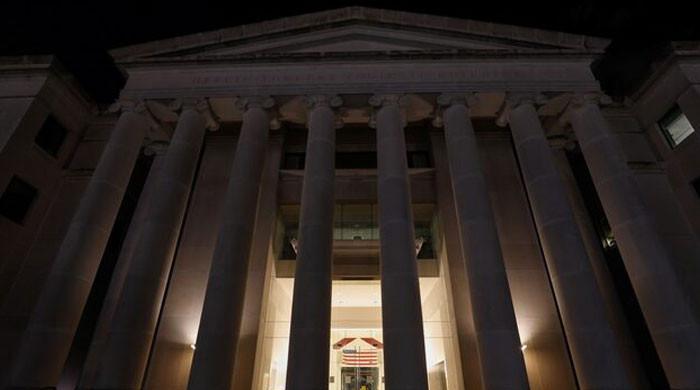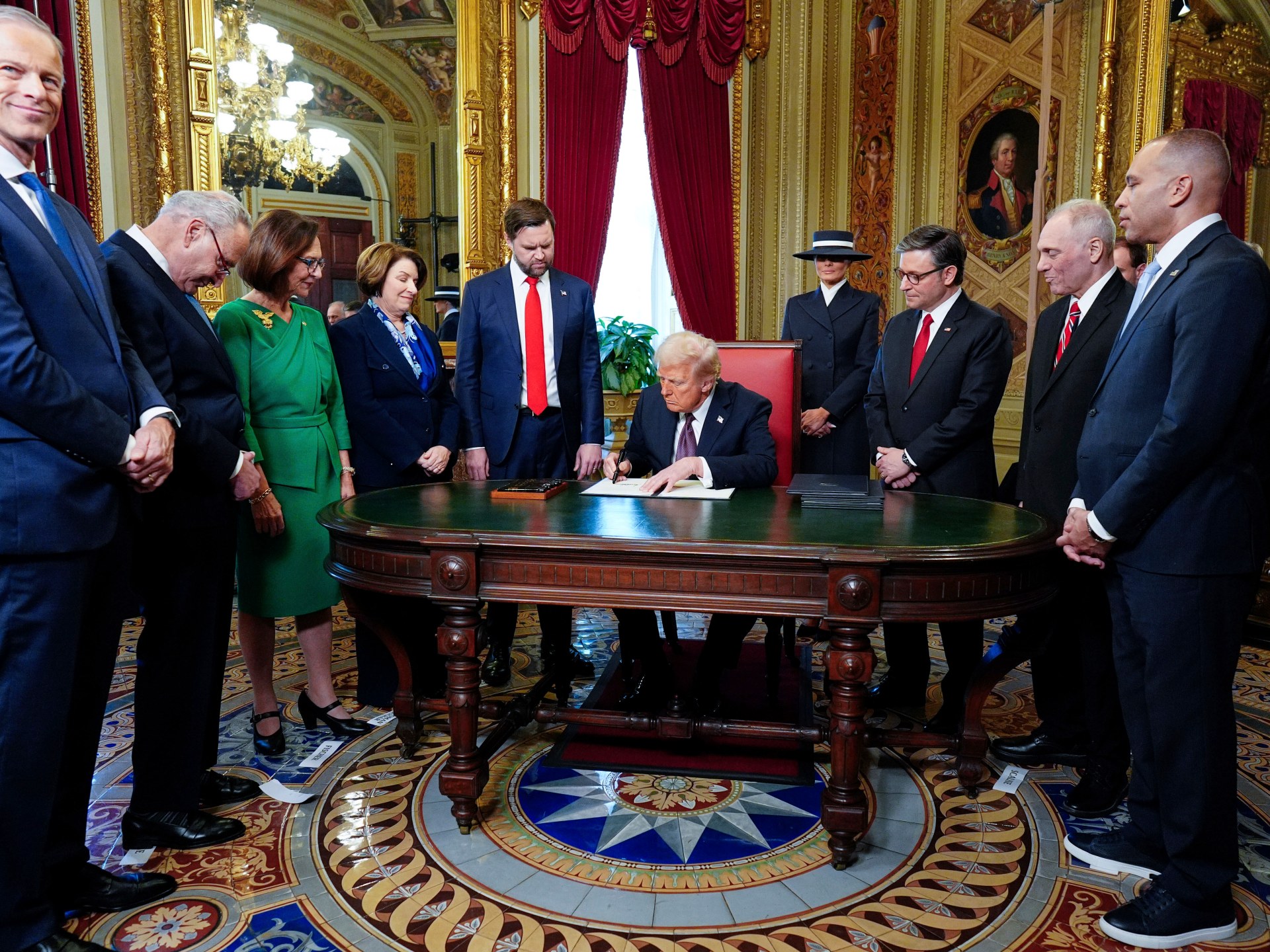In a ruling in favor of the Biden administration, the Supreme Court said Monday that the U.S. Border Patrol can remove razor wire installed by Texas authorities that prevents federal agents from monitoring areas along the Rio Grande.
By a vote of 5 to 4, the justices vacated an order by the Fifth Circuit Court that prohibited Border Patrol agents from “damaging, destroying or otherwise interfering with the Texas concertina wire fence in the vicinity of Eagle Pass, Texas.”
The court did not explain its decision and issued a one-line order granting an emergency appeal filed by the Biden administration's attorney general.
But the ruling decided an important issue: The narrow majority held that federal agents, not Texas authorities, have the power to patrol along the border.
Justice Amy Coney Barrett cast a key vote, joining Chief Justice John G. Roberts Jr. and Justices Sonia Sotomayor, Elena Kagan and Ketanji Brown Jackson in ruling on behalf of the administration.
Justices Clarence Thomas, Samuel A. Alito Jr., Neil M. Gorsuch and Brett M. Kavanaugh dissented and said they would have rejected the appeal.
Texas Governor Greg Abbott began the dispute by declaring “an invasion on our border” and installing barbed wire to prevent migrants from entering the state. Texas officials repeatedly refused to remove or set aside the barbed wire, as requested by U.S. Border Patrol agents.
After Texas sued and won in the Fifth Circuit Court, Attorney General Elizabeth Prelogar filed an emergency appeal to the Supreme Court on behalf of the Department of Homeland Security and argued that the Constitution grants federal agents, not civil servants, states, the power to enforce the law. law along the border.
“Federal law unequivocally grants Border Patrol agents the authority, without a warrant, to access private lands within 25 miles of the international border,” he said in Department of Homeland Security v. Texas.
Prelogar said Texas has responded to the “increase in border crossings” by placing “coils of concertina wire (a type of coiled barbed wire) in numerous locations, including, as is relevant here, along a 29-mile stretch of the riverfront at Eagle Pass, much of which is private land.” The coils of wire “stand between Border Patrol and border agents and the non-citizens along the border they are charged with inspecting and detaining, thereby physically obstructing agents in carrying out their responsibilities under the law.” federal”.
That in turn prompted “agents [to] cut or move the cable in some circumstances,” Prelogar said.
He argued that the Texas policy and the court order upholding it conflict with the “fundamental constitutional principle that the federal government is not bound by the laws or policies of any particular state in its enactment and implementation of federal law.” .
Texas officials argued that the cable “serves as a deterrent, and an effective one at that,” causing illegal border crossings to decrease significantly. They described the Eagle Pass area as “the epicenter of the current immigrant influx: nearly a quarter of immigrant entries into the United States occur there.”
The first U.S. district judge to hear the case questioned why border agents needed to cut the cable, but still agreed they had the right to do so. He cited photographs showing columns of migrants leaving the river area and said the Border Patrol's actions appeared to have “no apparent purpose other than to allow migrants easier entry into the interior.”
Border Patrol agents said they needed access so they could take migrants inland to a processing center.
Shortly after the Biden administration appealed to the high court, a woman and two of her children drowned while trying to cross the river. The Border Patrol said its agents had been prevented from reaching the river to help, but Texas officials said the deaths had been reported before federal agents arrived.
The case now returns to the Fifth Circuit, and is likely to return to the Supreme Court in some form this year.












